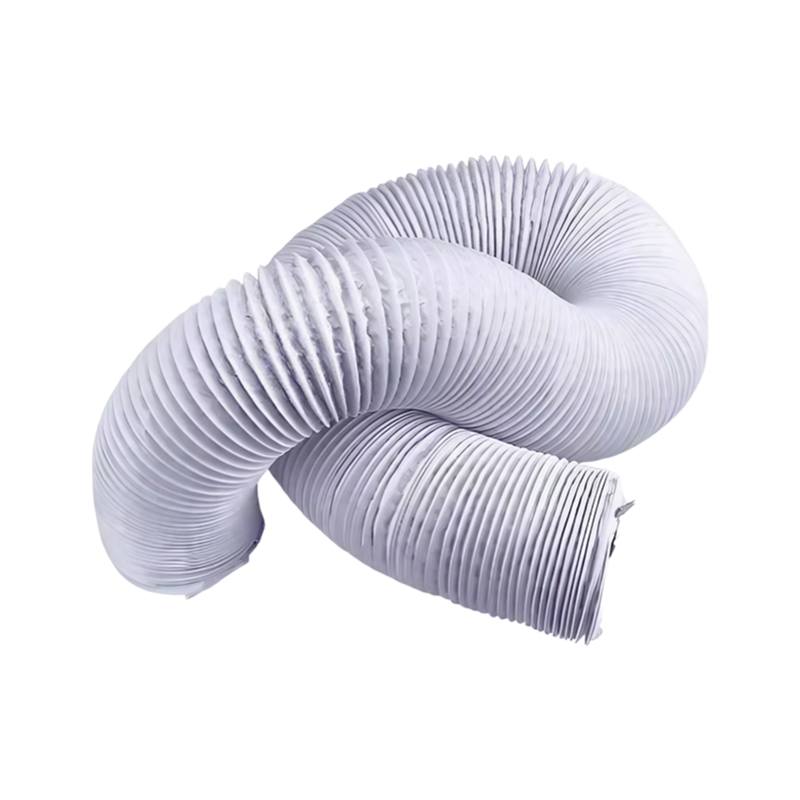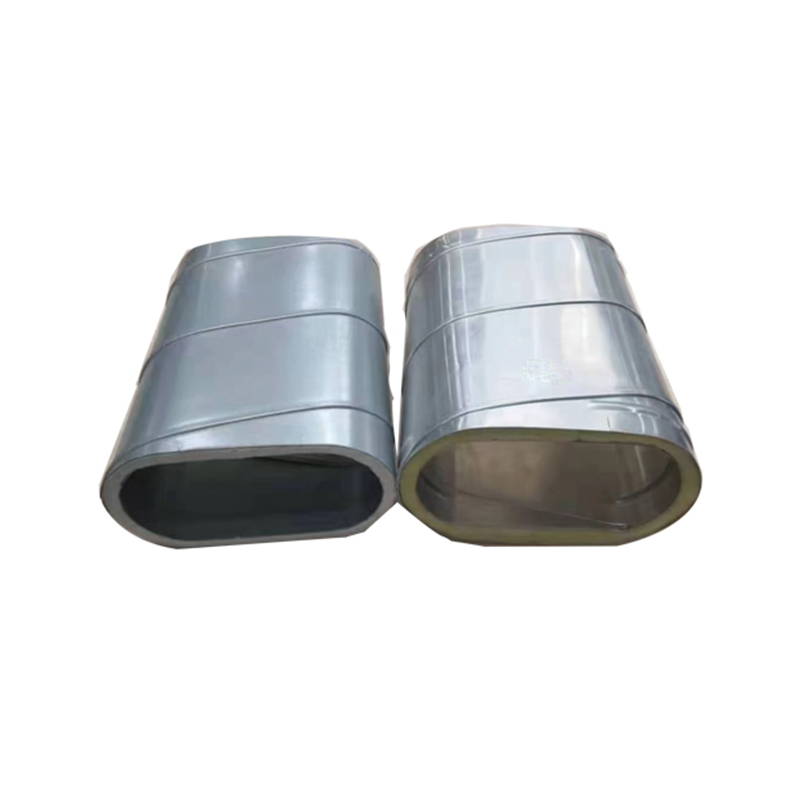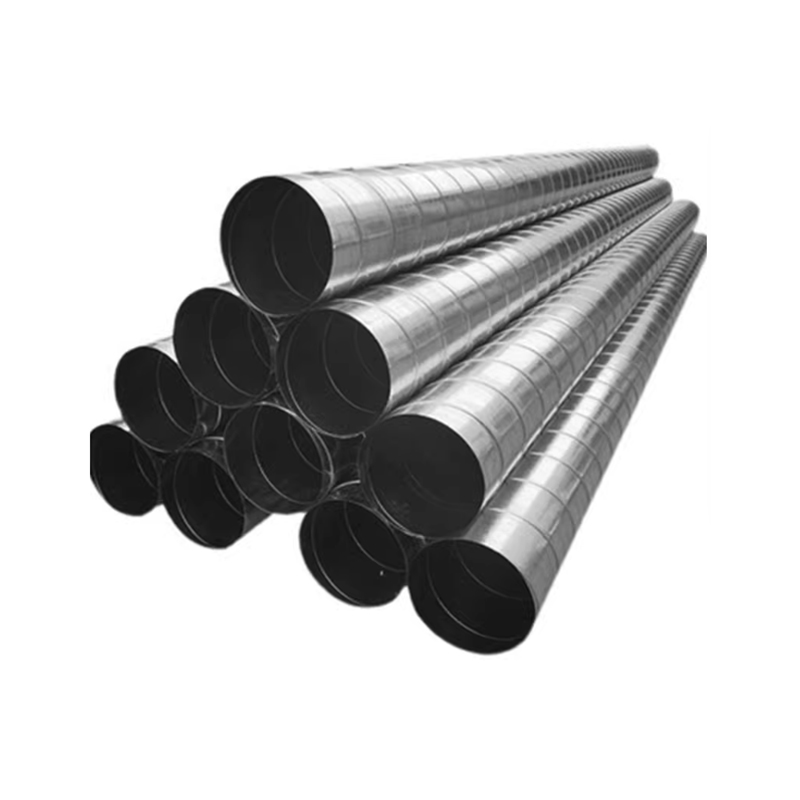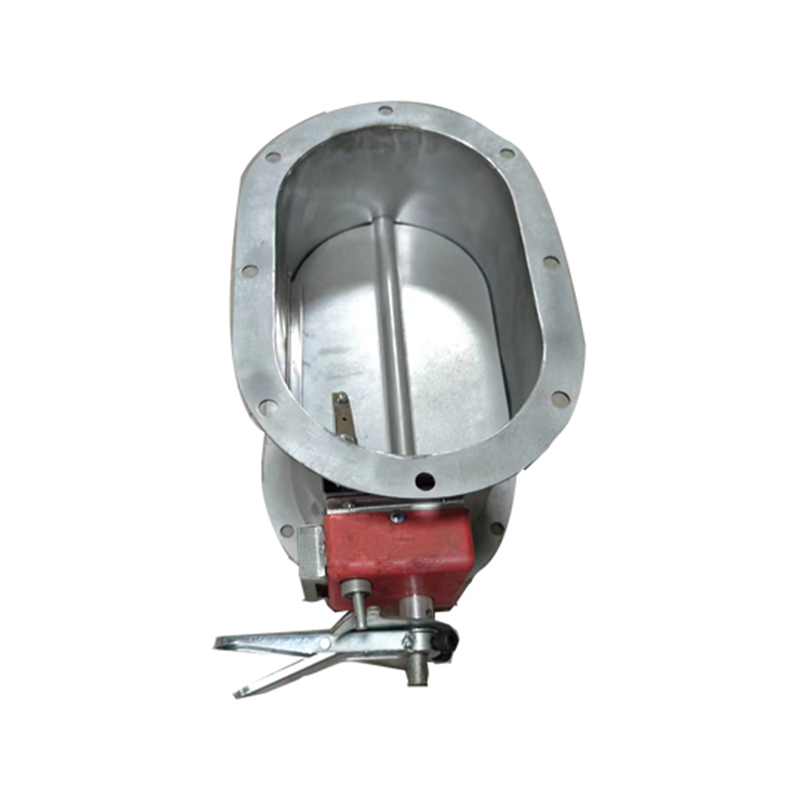Does a single-layer louder vent produce loud noise when running? How can I reduce the noise?
Release Time : 2025-10-10
Whether a single-layer louver vent generates significant noise during operation requires a comprehensive assessment based on its design, structure, material properties, and installation environment. Generally, if the vent has not been optimized for noise reduction, high-speed airflow passing through the louver blades may cause noticeable noise due to turbulence, blade vibration, or resonance. This is particularly prominent in scenarios with high exhaust volumes or frequent system pressure fluctuations. Furthermore, insufficient rigidity of the louver blade material, excessive installation gaps, or unstable mounting methods can also cause mechanical vibration noise during operation.
To address the noise reduction needs of single-layer louver vents, three key approaches should be considered: optimizing airflow organization, reducing structural vibration, and upgrading materials. First, adjusting the vent blade angle and spacing can improve airflow uniformity and reduce turbulence. For example, designing the blade installation angle to be 15°-30° relative to the airflow direction can reduce wind resistance while preventing vibration caused by airflow directly impacting the blade surface. At the same time, the exhaust area of the vents should be properly controlled to avoid excessive air speeds caused by overly large openings. It is generally recommended to keep air speeds within the range of 3-5 m/s to balance ventilation efficiency and noise levels.
For structural vibration reduction, increasing the rigidity of the louver blades is key. Traditional aluminum alloy blades, due to their thin material, are prone to vibration and noise in high-speed airflow. Using thickened stainless steel or galvanized steel blades can significantly improve structural stability. Furthermore, adding rubber vibration damping pads at the connection between the blades and the frame effectively isolates vibration transmission and reduces mechanical noise. For vents with limited space, high-density soundproofing panels with internally applied sound-absorbing cotton can be installed behind the louvers to form a static pressure box structure. This absorbs airflow noise and stabilizes wind pressure, further reducing noise leakage.
Material upgrading is another important approach to noise reduction. As an improved version of single-layer louver vents, sound-absorbing louvers feature microporous sound-absorbing resonators beneath the blades. Combined with a specially designed airflow guide structure, they significantly attenuate mid- and high-frequency noise while maintaining ventilation volume. Its sound attenuation typically reaches 5-15dB(A), with a pressure loss of less than 30Pa, making it suitable for use in environments with high noise control requirements. Furthermore, the outer frame of the sound-absorbing louvres is made of galvanized steel or stainless steel, which is fireproof and rainproof, and can withstand long-term exposure to outdoor environments.
The impact of installation techniques on noise reduction effectiveness cannot be ignored. Flexible connections should be used at the connection between the vent and the air duct to avoid vibration transmission caused by rigid connections. Also, ensure that there are no obstructions around the vent to prevent airflow obstruction and turbulent noise. For exhaust systems, mufflers can be installed behind the vent to further reduce aerodynamic noise through built-in muffler inserts. The muffler should be selected based on the noise frequency characteristics. For example, an impedance composite muffler should be used for mid- and high-frequency noise, while a resonance muffler should be used for low-frequency noise.
System maintenance and regular inspections are key to ensuring sustained and effective noise reduction. Dust accumulation or deformation of the vent louvre blades can alter the airflow path and increase noise, so regular cleaning of the blade surfaces is essential. Also, check for loose blade fixing bolts and tighten them promptly to prevent increased vibration. For vents using sound-absorbing materials, monitor material aging and regularly replace the sound-absorbing cotton or inserts to ensure stable sound absorption performance.
Noise reduction for single-layer louver vents requires a synergistic combination of design optimization, material upgrades, and installation and maintenance. From airflow organization to structural vibration reduction, from material selection to system maintenance, meticulous control of every step can significantly reduce operating noise, providing a quieter ventilation solution for indoor environments.







